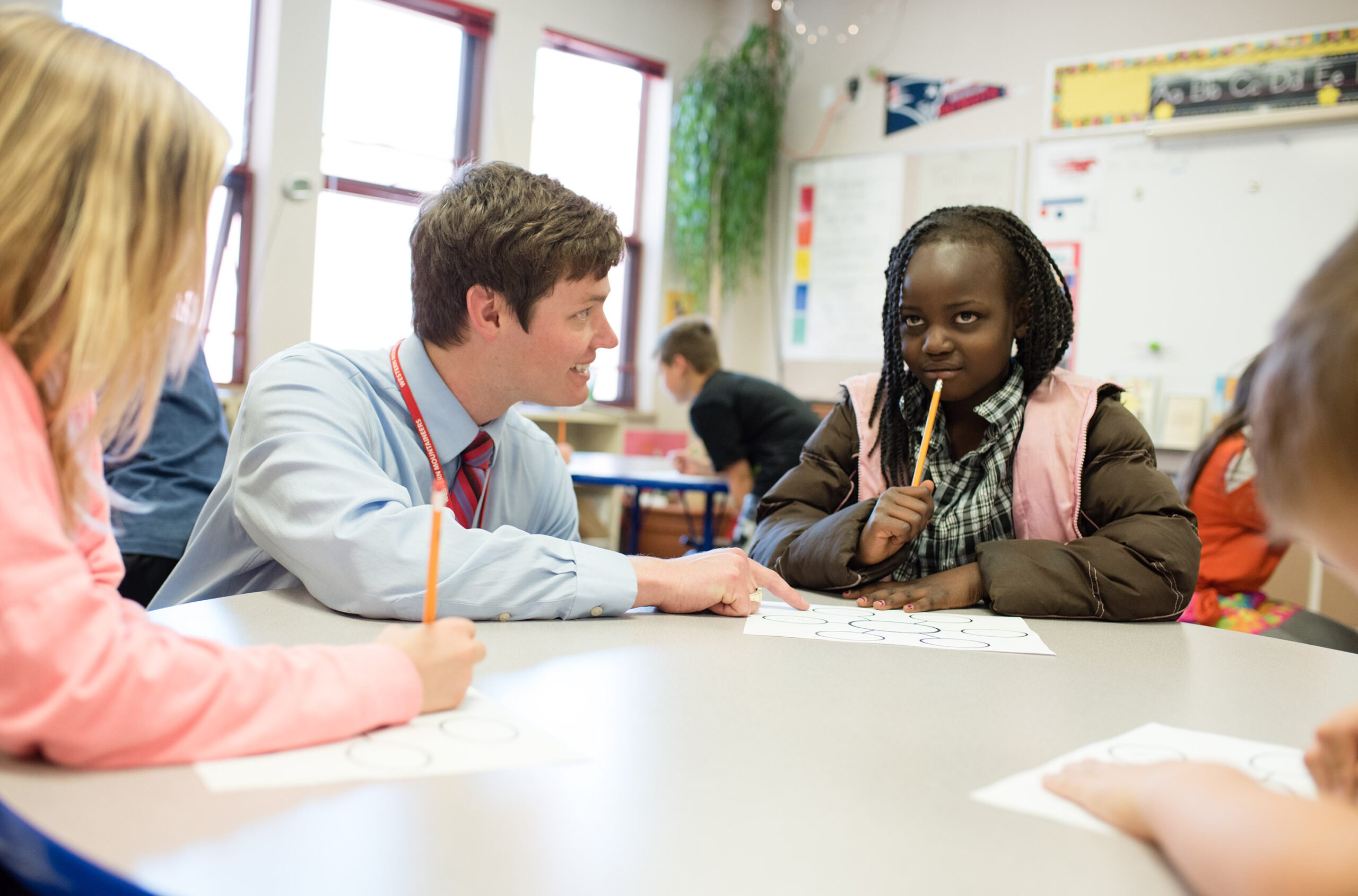JuJu News Hub
Your go-to source for the latest trends and insightful articles.
Classroom Chaos: Embracing the Beautiful Mess of Learning
Discover the beauty in classroom chaos! Embrace messy learning and unlock creativity, collaboration, and growth in your educational journey.
The Power of Play: How Chaos Fuels Creativity in Learning
The concept of play is often underestimated in traditional educational settings, yet play is a powerful catalyst for creativity. Engaging in chaotic and unstructured play allows learners to explore and experiment, fostering a sense of curiosity and innovation. When children and adults alike indulge in playful activities, they naturally push the boundaries of their imagination. This process promotes problem-solving skills, as learners navigate unexpected challenges and outcomes, ultimately leading to greater adaptability in various scenarios.
Moreover, the unfiltered nature of chaotic play nurtures creativity by encouraging divergent thinking. Rather than adhering to strict rules and guidelines, participants in chaotic play can diverge from the norm and pursue their unique ideas. This environment invites new perspectives and solutions that may not surface in conventional learning settings. To harness this power effectively, educators can integrate structured play into their curricula, allowing students to experience the freedom and joy that chaos brings, ultimately enriching the learning experience.

Navigating the Noise: Strategies for Thriving in a Chaotic Classroom
In today's educational landscape, chaotic classrooms can be overwhelming for both teachers and students. To navigate the noise effectively, it's essential to establish clear routines and expectations right from the start. Consider implementing strategies such as:
- Designated quiet times: Allocate specific moments during the day for silent work or reading, allowing students to focus amidst distractions.
- Classroom arrangement: Organize furniture to promote a conducive learning environment, reducing clutter and visual noise.
- Mindfulness practices: Integrate short mindfulness exercises to help students reset and regain focus when chaos arises.
Moreover, fostering a sense of community within the classroom can significantly reduce chaos. Encourage students to collaborate using group activities that promote teamwork and communication skills. Additionally, implementing the following techniques can enhance their engagement:
- Regular check-ins: Conduct brief daily or weekly assessments to gauge student understanding and emotional well-being.
- Positive reinforcement: Celebrate small victories and encourage positive behavior, which can diminish disruptive tendencies.
- Clear communication: Maintain open channels with students regarding classroom expectations and individual progress, making them feel valued and understood.
Is Classroom Chaos the Secret to Deeper Understanding?
In today’s educational landscape, the traditional notion of a quiet, orderly classroom is often challenged by the idea that classroom chaos could, in fact, foster deeper understanding among students. When learning environments embrace a certain level of disarray, they can encourage creativity and critical thinking. Students are more likely to engage in meaningful discussions, share diverse perspectives, and collaborate on problem-solving tasks when they feel comfortable expressing their thoughts in a lively setting. Classroom chaos, when managed effectively, can serve as a dynamic catalyst for intellectual curiosity and peer-to-peer learning.
Moreover, the unpredictability of a chaotic classroom can mimic real-world scenarios, teaching students to adapt and think on their feet. In this environment, educators can implement strategies that leverage chaos to promote deeper comprehension. For instance, classroom chaos can be used to encourage active learning through group projects or debates, where students must navigate conflicting ideas and arrive at well-rounded conclusions. By celebrating the messiness of learning, educators can create experiences that not only deepen understanding but also equip students with essential life skills.